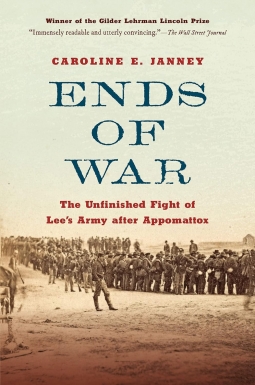The two page article attached herein served to alert the 1922 subscriber-base of Confederate Veteran Magazine that Boy Soldiers of the Confederacy (1905) - was no longer in print and isn't that too bad and just in case no one shared the reviewers feelings on this matter, she recalled some of the Civil War experiences of the boys who fought throughout that war.
Read about a boy who fought for the Union...
"The attempt to enforce the draft in the city of New York has led to rioting. Men have been killed and houses burned; worst of all, an orphan asylum - a noble monument of charity for the reception of colored orphans - has been ruthlessly destroyed, and children and nurses have lost everything they had in the world." "During the Civil War many young boys enlisted. In fact, three out of every ten men on the Union side were under 21, and not until 1864 did Congress pass a law forbidding the enlistment of of anyone under 16. But Johnny Clem, who joined up at ten, had them all beaten."
- Indeed he did. In fact, at the age of 12, Johnny Clem was a hero. Five thumbnail portraits of the most consistently victorious generals of the American Civil War; three Union and two Confederate:
• Ulysses S. Grant
• Phillip Kearny
• George B. Thomas
• Thomas J. Jackson
• Robert E. Lee
Here is the book review for The Case For Mrs. Surratt (1945) by Helen Jones Campbell. The review narrates how the landlady who had the misfortune of renting a room to the Lincoln conspirators soon found herself swept up in the pervasive Confederate hatred that enveloped the capital city following the assassination. In no time at all she sat among the plotters in a military tribunal where she was quickly judged guilty and sentenced to hang. The book is still in print. (1945) by Helen Jones Campbell. The review narrates how the landlady who had the misfortune of renting a room to the Lincoln conspirators soon found herself swept up in the pervasive Confederate hatred that enveloped the capital city following the assassination. In no time at all she sat among the plotters in a military tribunal where she was quickly judged guilty and sentenced to hang. The book is still in print.
- from Amazon:

More on the assassination can be read here
Attached herein is a list the five lamest Generals of the American Civil War.
This two page compilation is made up of thumbnail descriptions outlining just how far from awesome these men were, and why, one hundred years later, they continue to be recognized as failures to the succeeding generations of Civil War historians.
|